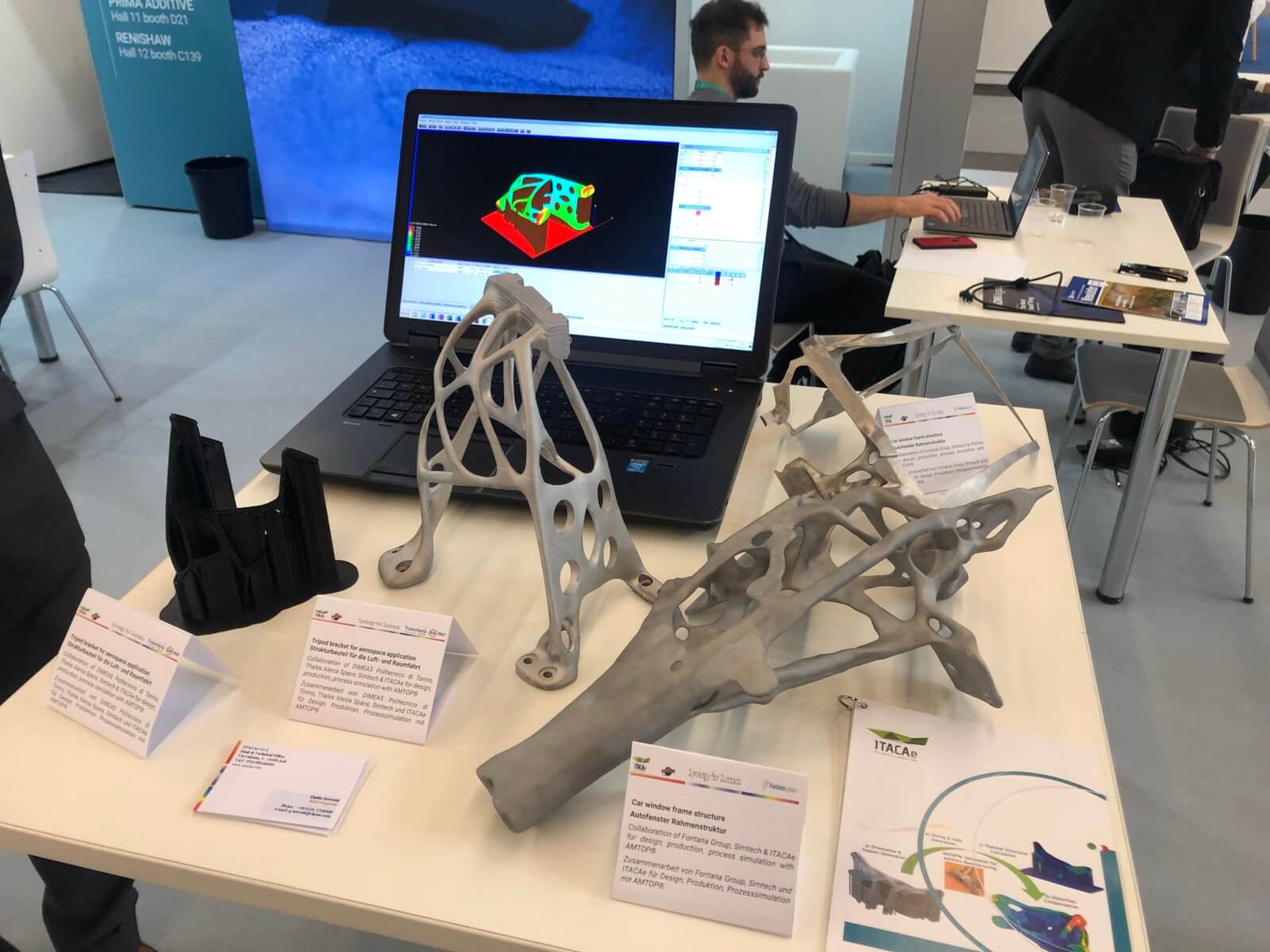Top 3 Trends From Formnext 2021
This year we finally got back on the conference circuit, attending everything from Eurobike to MOVE. Now, we’ve closed out the year at Formnext, the leading industry platform for additive manufacturing and industrial 3D printing.
Based in Frankfurt, Formnext is the international meeting point for the next generation of intelligent industrial production — exhibiting the ever-expanding fields of application for additive manufacturing and its impressive potential for the future.
MODYN has been working with 3D printing for years, and in 2021, even upgraded our machinery so we could continue to pave the way forward with this awesome technology.
Attending Formnext, we had the opportunity to listen to panels, exchange ideas and gain inspiration for our own endeavors. But, we also got key insight on all the biggest industry trends shaping today’s design and tomorrow’s innovation. Read on to get the scoop.




Serial Production Over Prototyping
Serial Production — or mass production — allows companies to produce products at maximum productivity at low unit costs. Now, Additive Manufacturing wants to play its part, not only making cheaper and faster products, but also creating molds.
One example is the Dutch company CEAD that sells big printers with robotic arms and an attached print-head that can make things like a car door. There’s also the French brand AddUp that produces a wide range of parts and products from their molds for you, for example, shoe soles for one of their clients. There’s also Alloyed in the UK that has created software to optimize the use of AM techniques, like Powder Bed Fusion (PBF), to keep time and costs down. In fact, they reduced the build time of a LED heatsink for a car headlight from 444 hours to 30 hours, and costs from £30+ to £3.
Key takeaways:
- Sustainably saves a lot of valuable material when compared to CNC-milling
- Reduce build times
- Reduce costs
- Possibility of rapid iterations
- Different material options


Mobility — Specifically Bikes
If you know us, you know we’re bike fanatics. So, we were really excited to see companies at Formnext leveraging AM technology to take these products into the future. Decathlon is a great example because they have an entire department built around Additive Manufacturing to replace parts, repair products and build prototypes. Since it launched, Decathlon has made over 60k spare parts or fittings for its shops, even creating a prototype racing bike for their internal brand, vanRysel.
There’s also the company Urwahn that’s welding 3D printed lugs and steel tubing together, neatly grinding the connection for a streamlined look that looks much more like the popular carbon frames you see today rather than a traditional steel frame. There’s also Sturdy, who is going beyond traditional techniques to 3D print unique shapes and frame forms out of titanium alloys. We were also pleasantly surprised to see both companies are already producing these products — taking this technology beyond prototypes and into the hands of consumers.
Key takeaways
- New design possibilities
- Work with traditional materials in new ways
- Ensure design-freedom
- Improved performance of material distribution
Improved sustainability with parts and repairs that can be made on site and on-demand rather than fully stocking warehouses


Software
At Formnext, we couldn’t help but notice all the different software options that are being used to optimize production, improve sustainability and create exciting new opportunities for AM and 3D printing.
nTopology is one of the leaders, creating software that can calculate the structure of your design and print material as needed, forming shapes otherwise unattainable in traditional manufacturing while also saving precious material. Core Technologie, on the other hand, uses software to create over 80 different textures over existing CAD models — creating a lot of really interesting design opportunities otherwise unavailable or expensive to attain.
Key takeaways:
- Software to improve AM & 3D printing technology
- Increased sustainability by cutting down on wasted materials
- New design opportunities
- Can be used with existing machinery and systems


Our Final Insights of Formnext 2021
As designers, all of these trends in serial production, mobility and software that are shown at Formnext, excite and inspire us. AM & 3D printing have opened a lot of doors for us and our clients in terms of design innovation, and the increasing ability to expand our design opportunities while allowing clients to achieve major milestones like faster and cheaper production while meeting new sustainability goals are huge.
Curious to learn more about what we’re doing with 3D printing here at MODYN? Get in touch to learn about our process and what we can create for you. Or, get in touch to download our insight report.
Gert-Jan van Breugel, Managing Director
E: gert-jan@modyn.com

